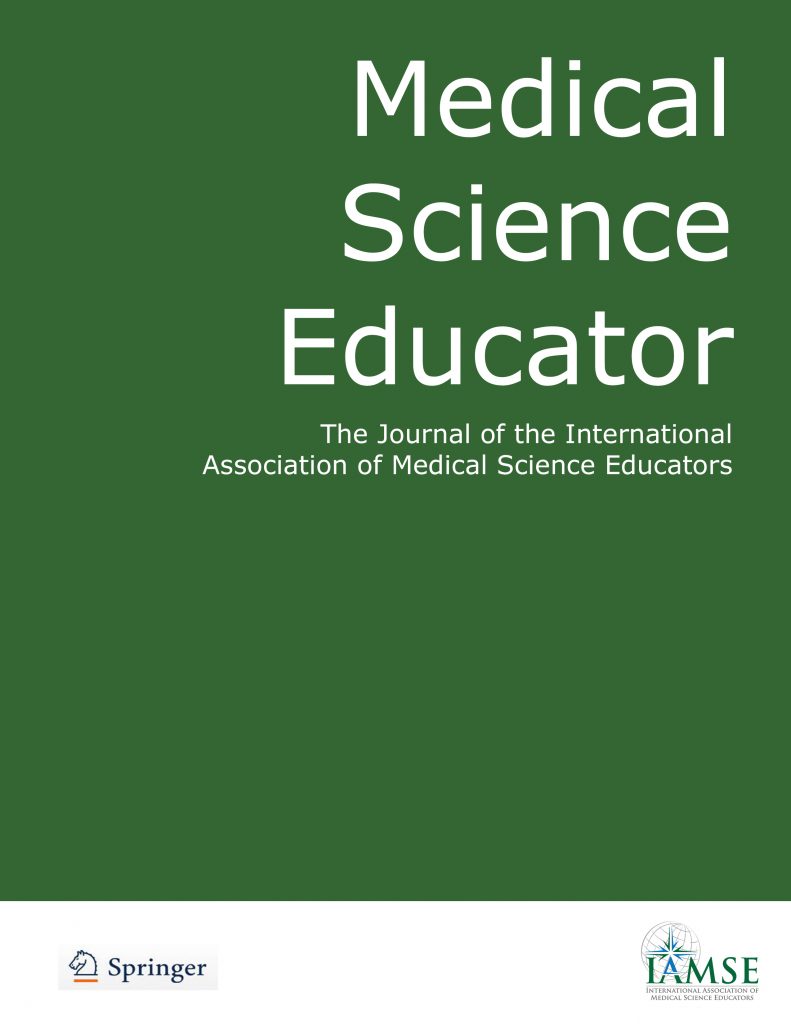
| This month, the IAMSE Publications Committee review focuses on the article titled Integrating Foundational and Clinical Science Remotely by Combining Team-Based Learning and Simulation, published in Medical Science Educator (2023) 33:925-934 (Accepted: 31 May 2023/Published online 15 June 2023) by Joel Roberts, Qing Zhong, and Rachel Linger from Rocky Vista University, CO. |
This paper addresses a persistent challenge in healthcare education: the effective integration of foundational and clinical sciences, particularly in remote and hybrid settings. The authors have described a novel approach for integrating foundational and clinical sciences remotely in medical and other healthcare professional degree programs. The authors combined team-based learning (TBL) and simulation-based learning to foster both vertical and horizontal integration of basic science and clinical experience.
Today, such integration remains challenging due to significant obstacles in effectively combining both types of learning. Existing approaches in the literature tend to be resource-intensive, have limited scalability, and are often inaccessible to larger groups.
The authors’ activity combines TBL and simulation-based learning to integrate physiology, pharmacology, and clinical science for 78 students enrolled in the Master of Biomedical Sciences Program during the Fall 2021 semester, located on two geographically distant campuses. Tools included a vital sign simulator, video conferencing software, and a document-sharing platform. The interactive class was conducted virtually on Zoom, utilizing an online TBL platform. Virtual patient scenarios were simulated with real-time displays of adjustable heart rate, blood pressure, SpO2, etCO2, respiration, and ECG. This activity is thoroughly described, making it easily adaptable by other institutions.
The effectiveness of the approach is supported by pre-test and post-test results. A post-activity survey demonstrated a positive response from students, and their feedback provided valuable insights into potential barriers and methods for implementing this teaching strategy within curricula.
While the study lacks a control group and has some limitations like a low post-activity response rate and being more resource-intensive than a traditional lecture , it provides a practical framework for educators seeking innovative ways to integrate basic and clinical sciences, especially in remote or hybrid settings, in a relatively inexpensive and straightforward way. This article is an essential read for educators exploring adaptable, resource-efficient strategies in healthcare education.
Conclusion: This article serves as a timely and valuable resource for medical science educators interested in integrating TBL and simulation-based learning across clinical and foundational sciences. Suitable for remote, in-person, and hybrid learning, this approach is also more affordable than other simulators that address common limitations noted in the literature. The study’s relevance is further enhanced by its potential applicability for online teaching, as seen during the COVID-19 pandemic.
Yuriy Slyvka MD, PhD
Associate Professor of Instruction
Ohio University
Heritage College of Osteopathic Medicine